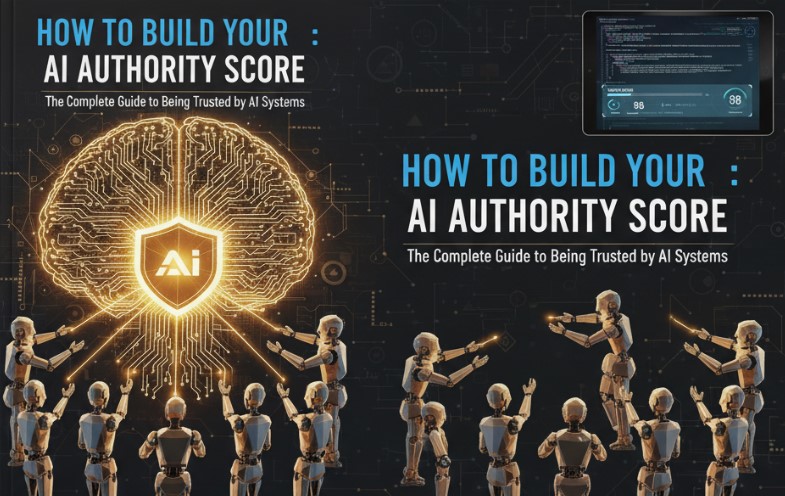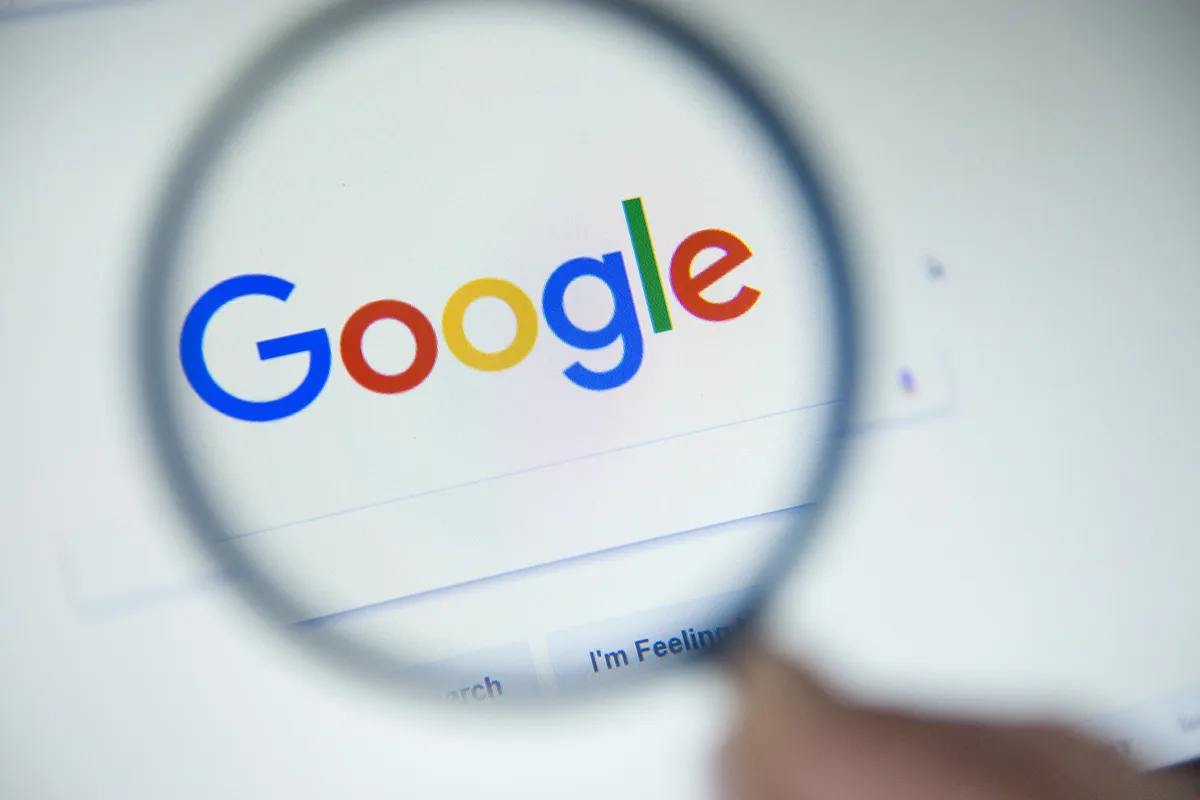Published by NewsPR Today | August 2025
You’re not alone if you’ve ever tried reading about SEO or AI-powered search and felt as though you were picking up a new language.
It’s simple to become confused by all the jargon due to the changes in Google’s search guidelines, the emergence of AI tools like ChatGPT, and the deluge of marketing terms.
We made this guide for that reason.
Consider it your own manual for comprehending all of the key terms related to SEO, digital marketing, and artificial intelligence in 2025. You will find all the information you require in easy-to-understand language, along with practical examples that you can utilize in your own work, regardless of whether you are a business owner, content writer, or simply interested in how search functions.
Why this glossary matters in 2025
Search isn’t just about getting your website to show up on Google anymore.
These days, artificial intelligence is changing how responses are given, sometimes even without showing search results. These days, users can get quick answers from Perplexity, Bing’s AI chat, and Google’s Search Generative Experience (SGE)—often without clicking on anything. This suggests that if you are invisible to both humans and AI, you might be missing out on opportunities to be discovered.
You’ll be more equipped to make adjustments if you understand the terms in this glossary, whether that means creating engaging content, ensuring your website functions properly, or positioning your brand so AI incorporates your data.
Core SEO basics
Let’s start with the basics of search.
- SEO (Search Engine Optimization): This is the practice of making your website show up higher in search results without paying for ads. Imagine setting up your store on the busiest street in town for free.
- SEM (Search Engine Marketing): This is a bigger term that includes SEO and other paid strategies, like running ads.
- PPC (Pay-Per-Click): This is a paid ad model where you only get charged when someone clicks on your ad.
- SERP (Search Engine Results Page): This is the page you see after you type in a search. Think of it as your digital storefront.
- Organic traffic: These are visitors who find you naturally through search, not through ads.
- Paid traffic: These are visitors who click on your paid ads.
- Search intent: This is the reason someone does a search. For example, “best coffee near me” is about making a purchase, while “how to make cold brew” is about learning something.
- Keyword: These are the words or phrases people type into search engines.
- Long-tail keyword: These are longer, more specific keywords, like “best organic coffee beans for cold brew.”
Measuring engagement and performance
Once people find you, you’ll want to know how they interact with your website.
- CTR (Click-Through Rate): This is the percentage of people who click on your link after seeing it.
- Bounce rate: This is the percentage of people who leave your site after looking at just one page.
- Dwell time: This is how long a user stays on your site before going back to their search results.
On-page SEO essentials
On-page optimization tells both people and search engines what your content is about.
- Title tag: This is the clickable headline that appears in search results.
- Meta description: This is a short preview text that appears under the title on the search results page.
- Header tags (H1–H6): These are headings that help organize your page content.
- Alt text: This is descriptive text for images, which is helpful for both SEO and accessibility.
- Internal linking: These are links to other pages on your own website.
- External linking: These are links to other websites.
- Anchor text: These are the clickable words in a hyperlink.
- Keyword density: This is how often your target keyword appears in your content.
- Canonical tag: This tells search engines which version of a page is the official one.
- Schema markup: This is code that helps search engines and AI understand your content better.
Technical SEO and site health
Your website’s technical setup is just as important as the content itself.
- Core Web Vitals: These are Google’s metrics for speed and usability – Largest Contentful Paint (LCP), Cumulative Layout Shift (CLS), and First Input Delay or Interaction to Next Paint (FID/INP).
- Backlink: This is a link from another website to yours, often seen as a sign of trust.
- Referring domain: This is the website that links to your site.
- Link juice: This is the SEO value passed through links.
- Domain Authority / Page Authority: These are metrics that predict how well a website or page can rank (from Moz).
- Crawl: This is when search engine robots scan your website.
- Indexing: This is when your pages are added to a search engine’s database.
- XML sitemap: This is a file that lists the important pages on your site.
- Robots.txt: This is a file that tells search engines what they can or can’t crawl.
- Duplicate content: This is content that is the same or very similar across pages and can hurt your rankings.
- 404 error: This means a page wasn’t found.
- 301 redirect: This is a permanent redirect to a new URL.
- 302 redirect: This is a temporary redirect.
- HTTPS: This is secure browsing with encryption.
- Mobile-first indexing: This is when Google prefers your mobile site for ranking purposes.
Content strategy and quality
Not all content is the same.
- Content gap: These are topics that your competitors cover but you don’t.
- Evergreen content: This is content that stays relevant for a long time, like “how to boil pasta.”
- Thin content: This refers to short or low-value pages that don’t help the reader.
- Pillar content: This is comprehensive content on a main topic.
- Cluster content: These are supporting articles that link back to your pillar page.
- Content pruning: This is removing or updating outdated, underperforming pages.
- LSI keywords: These are related words that help search engines understand context better.
Local SEO and ads
If you have a physical location or serve local customers, these terms are important.
- Local Services Ads (LSA): These are paid ads for service providers, like plumbers or lawyers.
- NAP: Name, Address, Phone Number – must be the same across the web.
- CPC: Cost per click in advertising.
- CPM: Cost per thousand ad impressions.
AI-powered search terms
AI is changing how we search faster than any past changes. Here’s what you need to know.
- AEO (Answer Engine Optimization): Making your content easier for AI assistants to use in their answers.
- GEO (Generative Engine Optimization): Similar to AEO, but it’s about AI-created summaries that appear in search results.
- SGE (Search Generative Experience): A new search format from Google that uses AI to provide better results.
- Zero-click search: When the user gets their answer right on the search page without clicking on any links.
- Entity SEO: Optimizing around well-known entities like brands or places.
- Conversational search: Searching in a way that feels like a conversation with a friend.
- Multi-modal search: Searching using text, images, and voice all at the same time.
- Prompt optimization: Writing better questions or instructions to help AI use your content.
- RAG (Retrieval-Augmented Generation): AI pulling up-to-date information before giving an answer.
- Citation optimization: Making your content easy for AI to reference properly.
- AI snippet: A short piece of text that AI pulls from your content to use in answers.
- Hallucination: When AI creates false or incorrect information.
- Knowledge graph optimization: Getting your content into Google’s database of facts and connections.
- Grounded response: Answers that are supported by real, verified sources.
- AI SERP share: How often your brand is mentioned in AI-generated answers on search pages.
Analytics and performance tracking
You can’t improve something if you don’t measure it.
- GA4: The newest version of Google Analytics.
- GSC (Google Search Console): A free tool to check your search performance.
- ROI: The profit you get from your marketing efforts.
- CTA (Call to Action): A message telling users what to do next.
- KPI (Key Performance Indicator): A specific goal you can measure to track success.
AI and language processing
Here are some important technical terms that are shaping the future of search.
- NLP (Natural Language Processing): How AI understands and uses human language.
- LLM (Large Language Model): A type of AI trained on huge amounts of text.
- NER (Named Entity Recognition): AI’s ability to identify names, brands, and places.
- Knowledge Graph: Google’s collection of facts that connect different entities.
Practical takeaways
- Don’t focus just on keywords: AI looks for context, connections, and authority, not just repeated words.
- Focus on user experience: Pages that load quickly, work well on mobile, and offer useful content are favored in both SEO and AI search results.
- Make sure your information is accurate: AI values correct and proven facts.
- Check your analytics: Use GA4 and GSC to see what’s working and where you’re falling short.
- Try different AI optimization techniques: Structure your content so it’s easy for AI assistants to quote or link to.
The bottom line
Search in 2025 is a mix of traditional SEO and new opportunities from AI. The businesses that do best will understand both the technical aspects of search rankings and the skill of making content useful for both human readers and AI.
Bookmark this glossary. Share it with your team. And remember: the way search works will continue to change, but staying informed and flexible will always give you an advantage.




